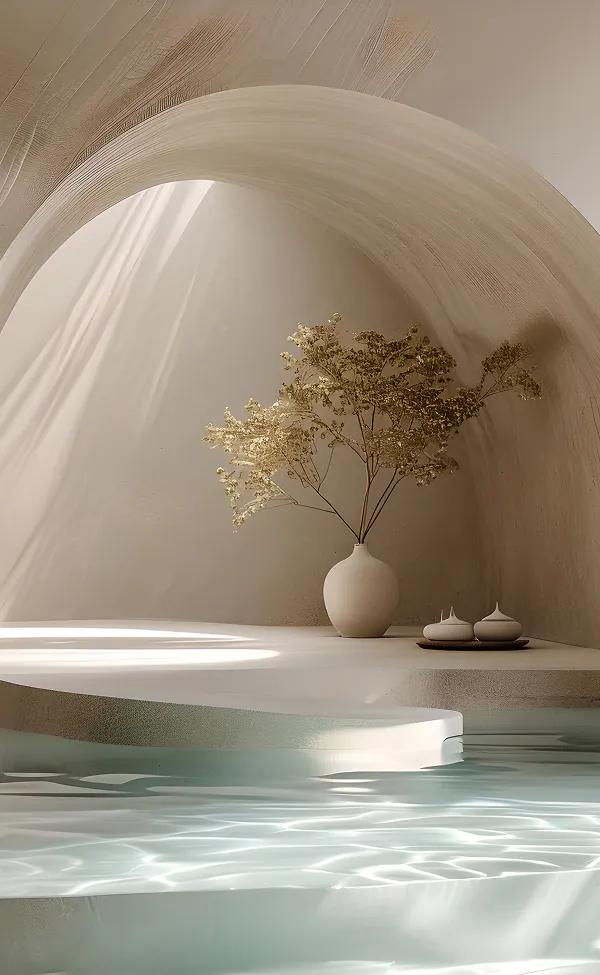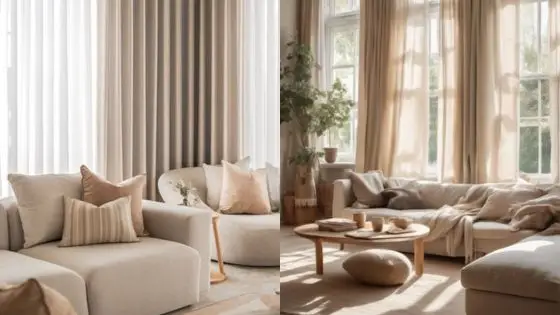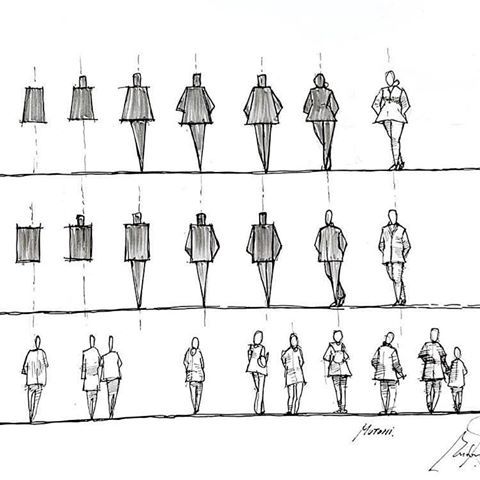

Figure drawing is a great way to hone your skills as an artist. It allows you to practice anatomy, fluidity, movement, and shadow. At times, a figure will pose on or near a part of a room, building, or object, requiring you to render these elements as a part of your process. While these elements don’t have to be incredibly detailed, practicing architectural elements even in figure drawing can improve your ability to draw backgrounds, certain poses, and details. If you want to master any architectural feature or object in your figure drawings and beyond, utilize these vital tips for improvement.
1. Visit In-Person
If there’s a particularly challenging architectural element, building, or object that you’re having trouble visualizing in real life, studying it in person can add incredible value. A photograph reference can be useful in many situations, but it may be more valuable to understand shading, perspective, and the overall element by viewing a real-life reference. You can understand how an object or building works from multiple perspectives as a three-dimensional object.
2. Utilize References
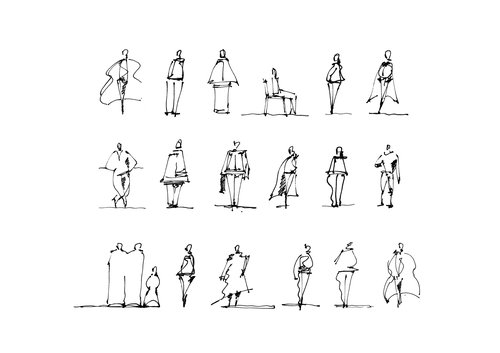
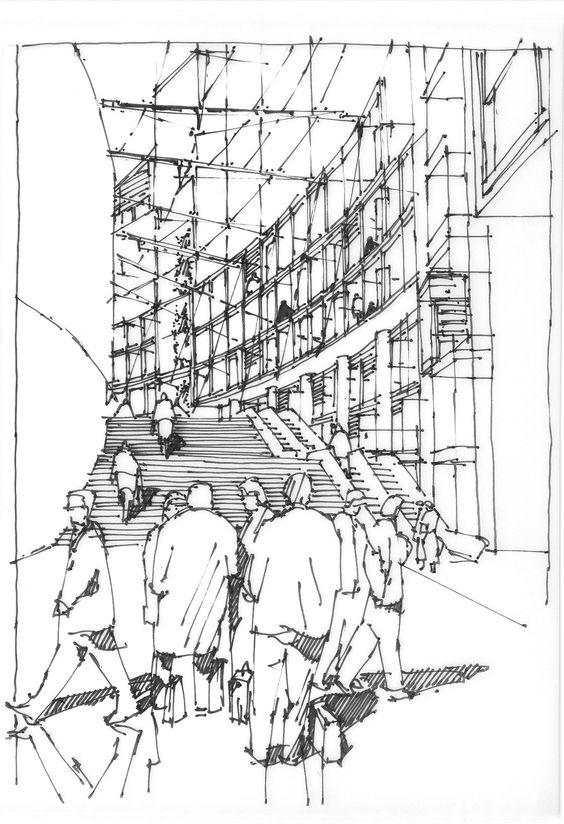
References can take many different forms; pictures, videos, or even in-person studies. References are key to understanding how an object works, moves, or influences other subjects in your artwork. Consult pictures and videos of various architectural features to understand how they may affect and influence the figure you’re drawing.
3. Consult With Professionals
Sometimes, it’s valuable to understand how architecture or certain building features work to master drawing them. This is particularly useful when drawing a scene or figure in action. You can consult or learn from local architects to discover how a building is designed. Construction workers can provide information on technical elements of how buildings are built. Roofing contractors can provide details about building angles and how roofs are structured. You can find local architects or contractors to interview by searching local results. Use terms such as ‘roofing contractors in Kansas City’ or ‘architects near me’ as an example. It may seem like overkill, but knowing how something works is a great way to learn how to begin drawing it.
4. Study Architectural Styles


Various architectural styles have a certain feel and function, and they differ from one another. If you’re trying to capture ancient architecture versus modern, your use of shading, structure, and details will vary. You can learn how to vary drawing these types of architecture to tell a larger story.
5. View Multiple Angles
Similar to figure drawing in general, viewing multiple angles of an architectural element or object can help you understand it better. Study a building or structure from all sides; you can see how perspectives and lighting differ from each angle. You can even see how certain elements function when studying all angles.
6. Practice Perspectives
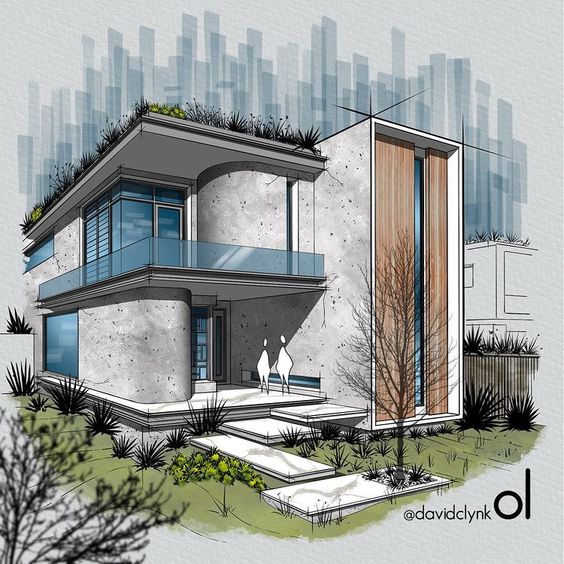
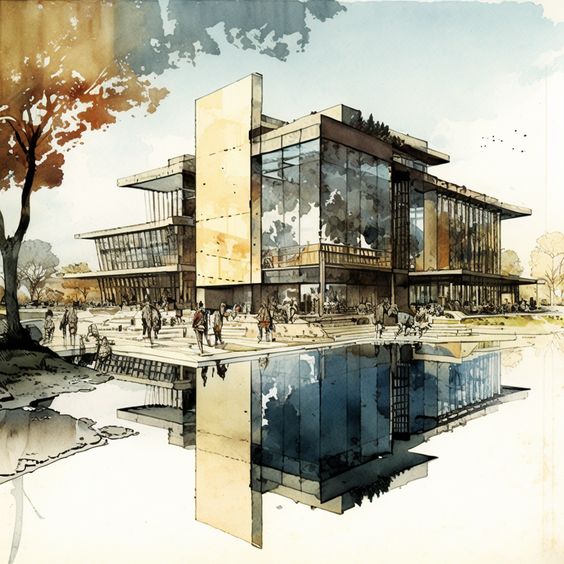
Practicing perspectives in artwork provides valuable drawing skills for any type of piece, including figure drawing. Perspective is incredibly important when incorporating background elements such as objects in a distance, walls, or other structures. Mastering your ability to provide perspective in art will greatly improve your skillset, particularly during figure drawing.
7. Vary Line Thickness
Line thickness, particularly when sketching with pencil or in black and white, can create a lot of emphasis in figure drawings and backgrounds. Architectural elements often begin with simple lines. Varying line weight and thickness can tell a bigger narrative in your artwork about how a figure interacts or exists around certain objects and structures.
8. Employ Color
Even in a black-and-white figure drawing, you can use color to your advantage. Color is a great tool to emphasize certain areas of a drawing, and this includes shading or highlighting with black or white. Using a small number of colors can bring a piece of art to life, or certain colors within a full-color illustration. In figure drawings, color can highlight a particular movement or object you want to emphasize or practice.
9. Use Drawing Technology
There’s absolutely nothing wrong with utilizing art programs and other technology to hone your figure drawing and architectural drawing skills. When architectural elements consist of straight lines, technology can help you create those uniform, perfectly straight lines for your figure drawing to interact with. This can help you spend time on more important aspects of figure drawing, such as a figure’s movement or pose.
10. Study Lighting
Lighting affects a room or object in many different ways, as artists are fully familiar with. You can use various types of lighting and see how they affect a room’s appearance. Lighting can emphasize or deemphasize, which can help add depth or tone to a room or architectural element.
Conclusion
While figure drawing mainly consists of studying and drawing how a figure moves and interacts with the world around it, learning to draw certain objects and architectural elements can improve your knowledge of how a figure moves and exists. Studying multiple forms of architectural elements from multiple angles can provide a great learning experience. Learning how objects and buildings are built can provide additional insight into an artist’s rendering. Lighting, color, and line weight can add emphasis where needed.
- 67shares
- Facebook0
- Pinterest66
- Twitter1
- Reddit0





